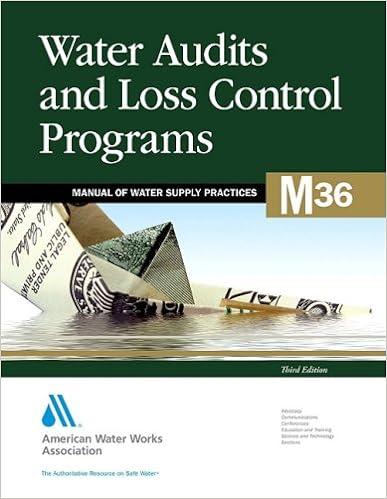Question
The Gilster Company, a machine tooling firm, has several plants. One plant, located in St. Falls, Minnesota, uses a job order costing system for its
The Gilster Company, a machine tooling firm, has several plants. One plant, located in St. Falls, Minnesota, uses a job order costing system for its batch production processes. The St. Falls plant has two departments through which most jobs pass. Plantwide overhead, which includes the plant managers salary, accounting personnel, cafeteria, and human resources, is budgeted at $200,000. During the past year, actual plantwide overhead was $190,000. Each departments overhead consists primarily of depreciation and other machine-related expenses. Selected budgeted and actual data from the St. Falls plant for the past year are as follow
| Department A | Department B | |||||
| Budgeted department overhead | ||||||
| (excludes plantwide overhead) | $ | 100,000 | $ | 500,000 | ||
| Actual department overhead | 110,000 | 520,000 | ||||
| Expected activity: | ||||||
| Direct labor hours | 50,000 | 10,000 | ||||
| Machine-hours | 10,000 | 50,000 | ||||
| Actual activity: | ||||||
| Direct labor hours | 51,000 | 9,000 | ||||
| Machine-hours | 10,500 | 52,000 | ||||
For the coming year, the accountants at St. Falls are in the process of helping the sales force create bids for several jobs. Projected data pertaining to job no. 110 are as follows:
| Direct materials | $ | 20,000 | |
| Direct labor cost: | |||
| Department A (2,000 hr) | 30,000 | ||
| Department B (500 hr) | 6,000 | ||
| Machine-hours projected: | |||
| Department A | 100 | ||
| Department B | 1,200 | ||
| Units produced | 10,000 |
Instructions
(Round overhead rates and unit costs to 2 decimal places and round other cost calculations to the nearest dollar.)
Based on your previous findings in Formative Assessment 1 answer the following;
d. Using the allocation rates in part b ($3.33 per MH & $10.00, $10.00 for Department A and B OH rate), compute the under- or overapplied overhead for the St. Falls plant for the year. Explain the impact on net income of assigning the under- or overapplied overhead to cost of goods sold rather than prorating the amount between inventories and cost of goods sold.
e. A St. Falls subcontractor has offered to produce the parts for job no. 110 for a price of $8 per unit. Assume the St. Falls sales force has already committed to the bid price based on the calculations in part b. Should St. Falls buy the $8 per unit part from the subcontractor or continue to make the parts for job no. 110 itself?
Part B
| Direct materials | $20,000 |
| Direct labour |
|
| Department A | $30,000 |
| Department B | $6000 |
| Overheads applied | $33,325 |
| Total cost | $89,325 |
| Add 30% to total cost | $26,798 |
| Bid price | $116,123 |
| Total units | 10,000 |
| Bid price per unit | $11.61 |
| Direct materials | $20,000 |
| Direct labour |
|
| Department A | $30,000 |
| Department B | $6000 |
| Overheads applied |
|
| Plantwide | $4329 |
| Department A | $1000 |
| Department B | $12,000 |
| Total cost | $73,329 |
| Add 30% to total cost | $21,999 |
| Bid price | $95,328 |
| Total units | 10,000 |
| Bid price per unit | $9.53 |
f. Would your response to part e change if the St. Falls plant could use the facilities necessary to produce parts for job no. 110 for another job that could earn an incremental profit of $15,000?
Step by Step Solution
There are 3 Steps involved in it
Step: 1

Get Instant Access to Expert-Tailored Solutions
See step-by-step solutions with expert insights and AI powered tools for academic success
Step: 2

Step: 3

Ace Your Homework with AI
Get the answers you need in no time with our AI-driven, step-by-step assistance
Get Started


